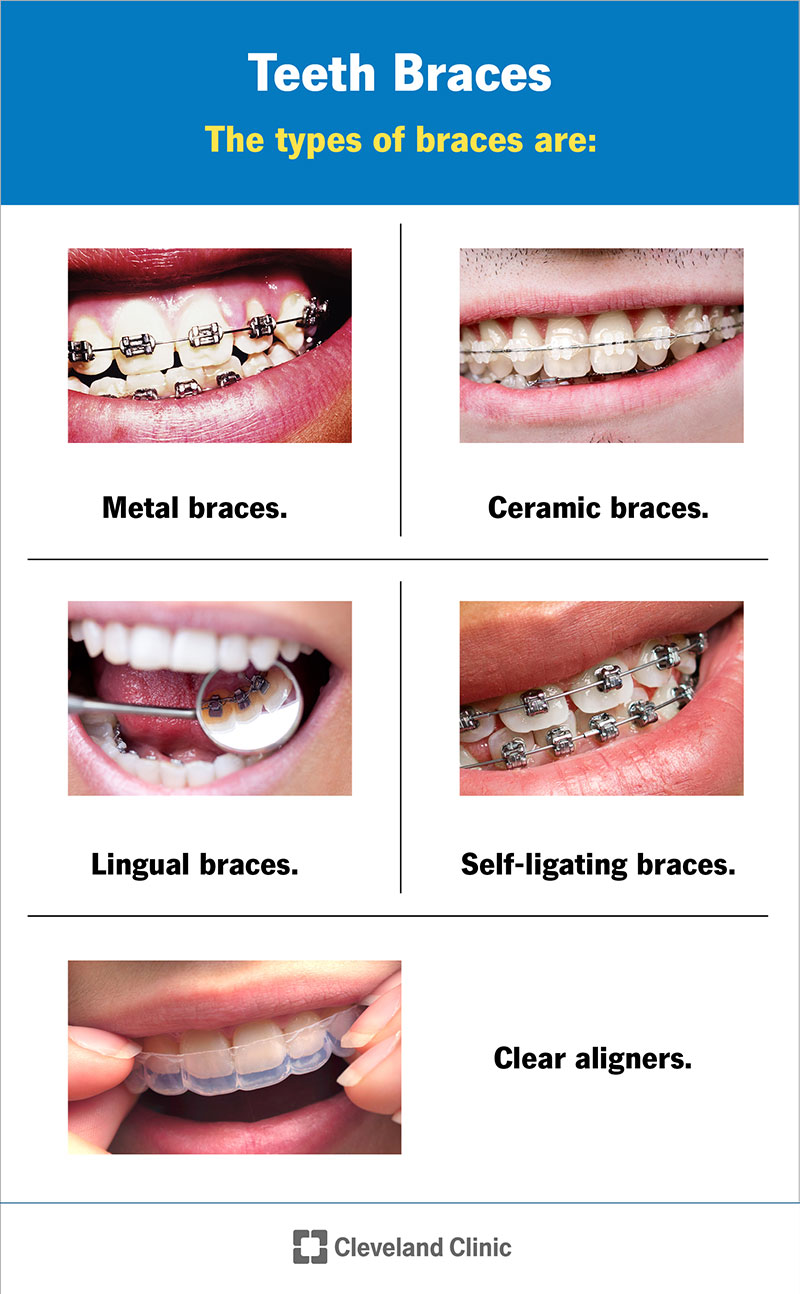What Sets Cumming Braces and Aligners In Addition To Other Orthodontic Treatments
What Sets Cumming Braces and Aligners In Addition To Other Orthodontic Treatments
Blog Article
Comprehensive Guide to Orthodontics Treatments for Fixing Dental Misalignments
In the world of orthodontics, the journey to attaining a perfectly straightened smile involves a myriad of procedures customized to fix oral misalignments. From standard dental braces to undetectable aligners and also medical alternatives, the field of orthodontics supplies a variety of options to resolve varying degrees of oral irregularities. Comprehending the details of each procedure, including their systems, advantages, and possible disadvantages, is crucial in making notified choices concerning one's orthodontic therapy. As we navigate through the detailed overview to orthodontic treatments for correcting dental misalignments, the detailed details of each technique will certainly unravel, clarifying the path toward a unified and functional dental placement.
Orthodontic Procedures Review

Routine changes and surveillance are critical parts of orthodontic treatment to guarantee progression is on track and to make any essential modifications along the means. By undertaking orthodontic treatments, people can not just attain a straighter smile but likewise boost their overall oral health and function.
Typical Dental Braces: How They Work
When considering orthodontic treatments for oral imbalances, conventional braces stand apart as a time-tested method for correcting teeth positioning. Typical dental braces include braces, cables, and bands that work together to use continual pressure on the teeth, gradually relocating them right into the desired placement. The brackets are affixed to the teeth utilizing a special adhesive, and the cords are threaded with the brackets. By changing the tension of the wires, orthodontists can regulate the direction and pressure applied to each tooth, guiding them right into proper positioning gradually.
As pressure is used to the teeth through the braces, the bone bordering the teeth is reshaped to sustain the brand-new tooth settings. Individuals will certainly need routine adjustments at the orthodontist's workplace to make sure the dental braces continue to apply the proper pressure for efficient teeth activity.
Unseen Aligners: Disadvantages and pros
These clear, custom-made trays are basically unnoticeable when worn, making them an attractive option for people looking for a more aesthetically pleasing orthodontic treatment. People can eliminate the aligners prior to consuming or brushing their teeth, reducing the risk of food getting stuck in the appliance and streamlining the cleaning process.

Surgical Orthodontic Options
Surgical interventions in orthodontics existing viable alternatives for dealing with complex oral imbalances that might not be properly fixed through standard orthodontic treatments. While typical braces and unnoticeable aligners can deal with lots of orthodontic problems, particular instances need medical intervention to achieve optimal results. Surgical orthodontic choices are commonly advised for severe malocclusions, significant jaw disparities, and situations where the underlying Learn More Here bone framework requires adjustment to achieve appropriate placement.
One common surgical orthodontic treatment is orthognathic surgery, which involves rearranging the jaws to remedy useful issues such as trouble chewing or talking. This surgical treatment is commonly done in collaboration with an orthodontist that aids line up the teeth before and after the treatment. Surgical orthodontics might also include treatments to expose affected teeth, eliminate excess periodontal cells, or improve the jawbone to create a more unified facial profile.
Prior to thinking about surgical orthodontic choices, people go through a thorough analysis to determine the necessity and possible advantages of such interventions. invisalign. While surgical procedure may appear difficult, it can significantly improve both the feature and visual appeals of the smile in cases where standard orthodontic treatments fail
Retainers and Post-Treatment Treatment

Post-treatment treatment includes complying with the orthodontist's instructions vigilantly. This may include appropriate dental health techniques, going to follow-up visits, and putting on the retainers as recommended. Failing to follow post-treatment care guidelines can find more information result in regression, where the teeth slowly move back towards their original settings. Regular retainer wear, great oral health, and regular dental examinations are crucial for preserving the results attained with orthodontic surgical treatment and making sure the long-term security of the remedied oral placement.
Conclusion
In conclusion, orthodontic treatments supply numerous choices for correcting dental misalignments. Surgical orthodontic alternatives are offered for extra extreme misalignments. Generally, orthodontic procedures can successfully improve oral wellness and visual look.
As we browse through the comprehensive overview to orthodontic treatments for dealing with oral misalignments, the detailed information of each method will unravel, shedding light on the path toward a harmonious and practical oral placement. - cumming orthodontics
One of the most common orthodontic treatments is the use of braces, which consist of steel braces and cables that use gentle pressure to gradually change teeth right into the desired position.When considering orthodontic treatments for dental imbalances, traditional braces stand out as a time-tested technique for fixing teeth positioning. Additionally, unseen aligners might not be ideal for intricate orthodontic concerns that require more considerable teeth motion, as they are usually advised for moderate to moderate instances. Retainers are customized orthodontic tools developed to hold teeth in their fixed settings after the completion of orthodontic treatment.
Report this page